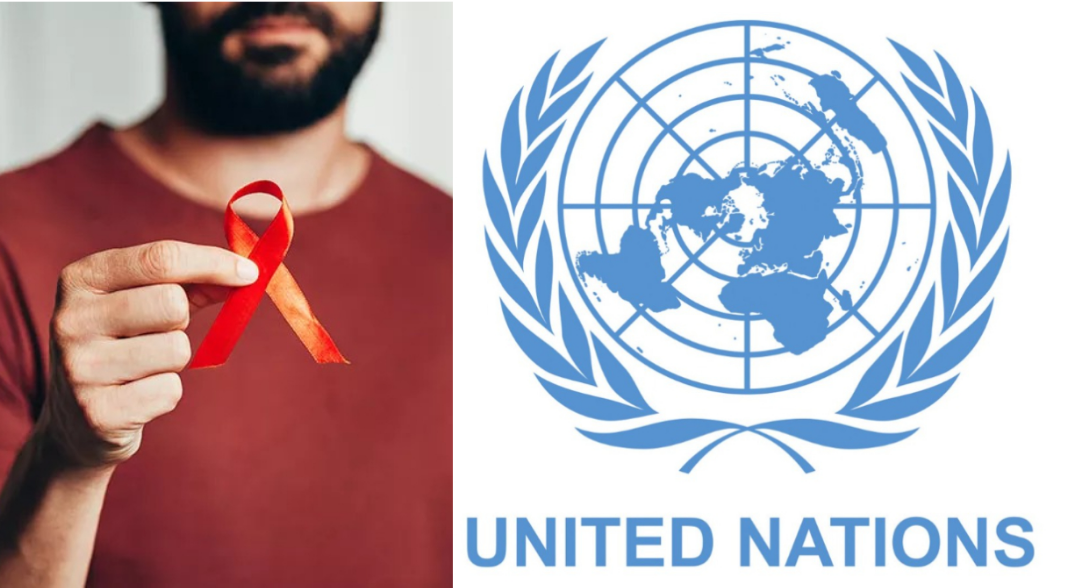The AIDS pandemic is once again posing a significant global challenge, according to a recent United Nations survey. AIDS, one of the deadliest diseases, is on the rise in various countries around the world. The latest research indicates that by the end of 2023, approximately 40 million people are living with HIV, with over 9 million lacking access to treatment. The epidemic is claiming lives at an alarming rate, with one person dying every minute.
In 2004, AIDS claimed 2.1 million lives. This number has dropped to 630,000 in 2023, but the goal is to further reduce this figure to 250,000 by 2025. Despite ongoing prevention efforts, results have not met expectations. Funding is being allocated to combat the epidemic, yet new cases are emerging in regions such as West Asia, North Africa, Eastern Europe, Central Asia, and Latin America.
Gender inequality is exacerbating the HIV outbreak, with the disease showing a higher prevalence among young people in some parts of Africa. Contributing factors include sex work, extramarital affairs, and a rise in drug injection, with the proportion of people injecting drugs increasing from 45% in 2010 to 55%.
The global strategy aims to end the AIDS epidemic by 2030, with a target to reduce new HIV infections by over 370,000 by 2025. However, new infections surged to 1.3 million in 2023, according to the United Nations.






